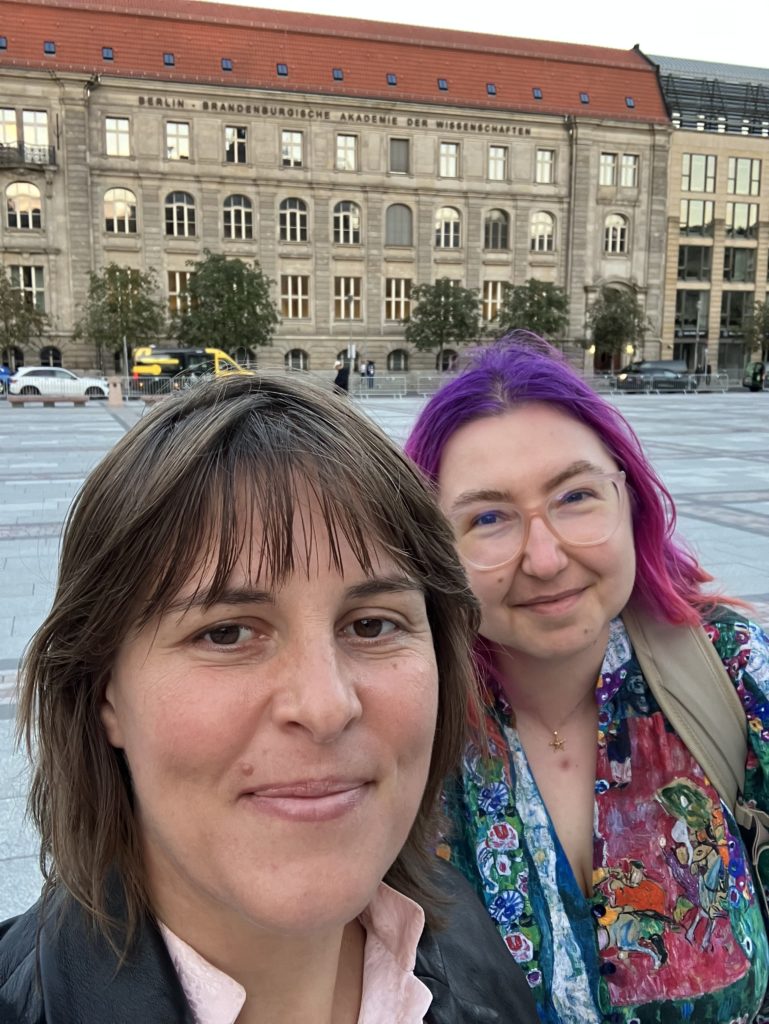In mid-September, Karina and Karolina met in Berlin to present our team’s initial findings on the subsequent forms of recycling. The occasion was the Genealogies of Memory conference, which this year sought to address the question of what was left of World War II.
Starting with the example of Josef Bubák’s locksmith shop in Vratislavice near Liberec, which became the subject of 1970s Czech press coverage about German inscriptions (as Karin discussed in her blog post), Karina and Karolina explored what remained of the formerly German and what was subsequently recycled. They presented an initial typology consisting of three phases, illustrating how approaches to formerly German properties differed immediately after the war, during the socialist decades, and after 1989. They emphasized the variability within each period and the internal differences between them, as well as highlighted how comparisons between Czechia, Poland, and Slovakia provide valuable insights into local and national policies of dealing with the formerly German.
The conference, held in the atmospheric spaces of the German Academy of Sciences, offered a perfect setting to discuss our findings and reflect further on our work. It was also a perfect opportunity to speak with other scholars interested in material culture, which remains crucial in conference experiences.


